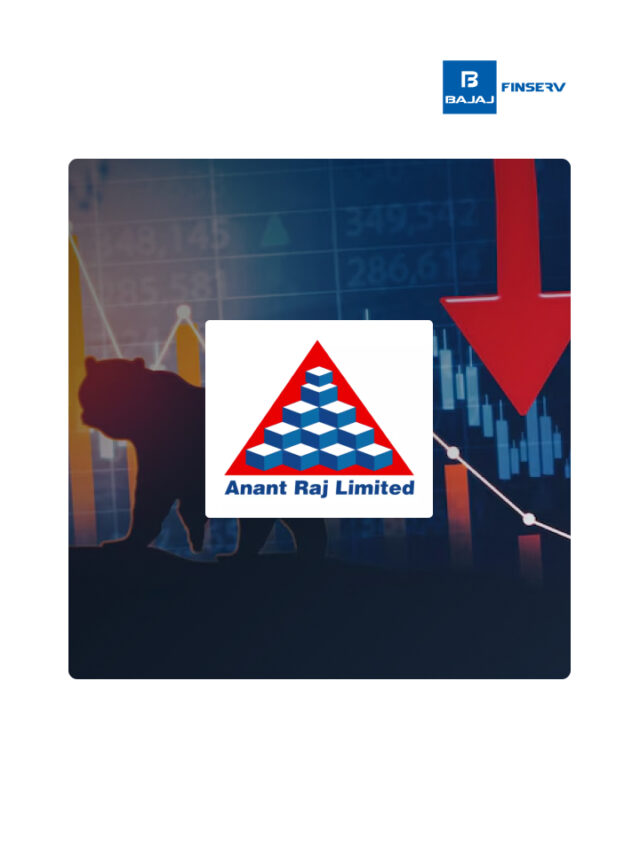NSE vs BSE: Understanding the Differences (Investing 101)
Last Updated on December 22, 2023 by BFSLTeam BFSLTeam

The two main exchanges in India are the National Stock Exchange, the NSE, and the Bombay Stock Exchange, the BSE. These are the primary stock markets in India. Stocks of premium companies are traded day in and day out on these exchanges, mostly online nowadays. Although stocks of major listed companies appear on both exchanges, there are differences in the exchanges themselves. If you are into stock investing or wish to get into the stock market, it is worth knowing about these two exchanges and the details of how they differ.
Then and Now
In olden times, stocks were physically traded in exchanges, on the so-called “trading floor”. In the traditional method of this kind of trading, stock brokers would buy and sell company shares by “crying out” (open outcry) their requests for transactions to take place. Of course, this is no longer the method used, and since the digital age is upon us, traders and investors now trade online through apps and websites. In keeping with the current times, the exchanges have also become electronic hubs that are accessible online, and investors and traders can trade from the comfort of anywhere they choose, and at any time they choose.
NSE vs BSE: Differences
The NSE and the BSE differ from each other and these differences are based on certain parameters. The differences are listed below:
- Market Capitalisation
The market capitalisation of the NSE is far larger relative to that of the BSE. What does this mean? Simply put, trading activity that takes place on the NSE is far more than that which takes place on the BSE. Consequently, more capital is exchanged on the NSE compared to the BSE. Investors choose the NSE over the BSE to trade, and this results in more money being exchanged through more activity.
- Liquidity
Due to the fact that more trading occurs on the NSE than the BSE, there is also more liquidity on the NSE than the BSE. All this can be thought of as a connected cycle of events. If there is more liquidity on the NSE, then this encourages even more trading on this exchange compared to that done on the BSE.
Additional Read: How to Read Annual Reports?
- Volatility
As a result of a high amount of liquidity and trading activity, the NSE tends to be more volatile than the BSE.
- Number of Listed Companies
On the NSE, there are more than 2,000 companies listed. On the BSE, there are more than 5,000 companies listed. Still, in spite of the BSE having more listed companies, the NSE has more activity.
- The Use of Technology
In terms of digitisation, the NSE uses more advanced digital technology and tools than the BSE. This translates to trading on the NSE as more efficient than that done on the BSE.
Additional Read: QSR Stocks Investment
- Stock Price Listings
When you compare company stock prices listed on the NSE and the BSE, you will typically notice minor price differences. This may not be a big deal for retail investors, but it matters to institutional investors, HNIs, etc. that are buying and selling stocks in bulk worth lakhs or crores of rupees.
Different Exchanges
Both the NSE and the BSE are vital exchanges in the Indian trading markets, and both are traded on with enthusiasm by investors and traders. Yet, there are some differences like the ones already mentioned. Some other aspects of distinction involve the indices that both are dominant with, and their regulatory frameworks.
In terms of indices, the NSE’s NIFTY 50 and the BSE’s Sensex are followed widely. The NIFTY 50 comprises 50 large cap company stocks spread over different sectors, while the Sensex has 30 well-established companies. Although the regulatory body, the Securities and Exchange Board of India (SEBI) is common to both exchanges, there are different regulations for each exchange in terms of listing and more aspects.
Additional Read: How to Identify High Dividend Paying Stocks?
Disclaimer: Investments in the securities market are subject to market risk, read all related documents carefully before investing.
This content is for educational purposes only.











